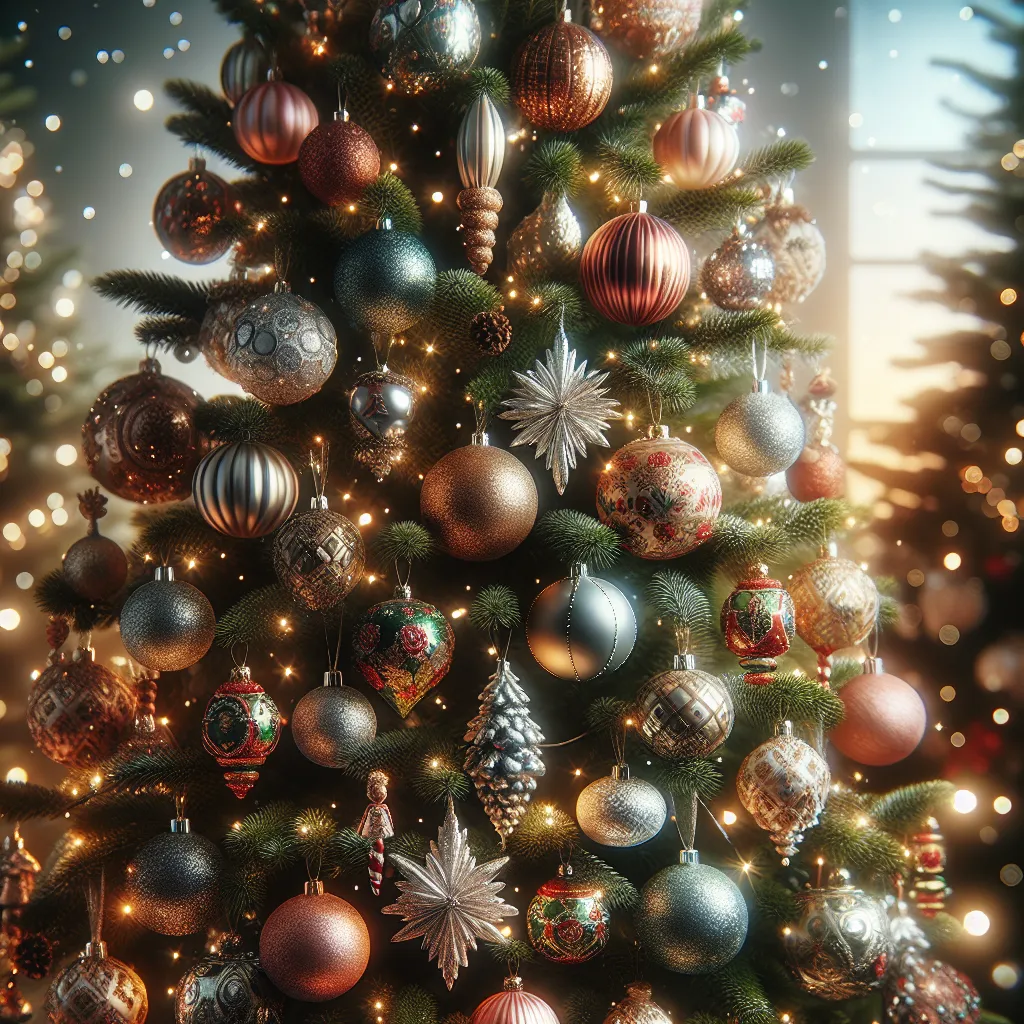Origins of Baubles in Christmas Traditions
Throughout the centuries, Christmas traditions have evolved, incorporating various customs and symbols that have come to represent the spirit of the holiday season. One such significant element is the bauble, a colorful and ornamental decoration that adorns Christmas trees around the world. The origins of baubles in Christmas traditions can be traced back to the 16th century in Germany, where they were initially fashioned out of fruits, nuts, and other natural materials.
Over time, these simple decorations evolved into the glass baubles that we are familiar with today. The town of Lauscha in Germany is renowned for being the birthplace of the glass-blown Christmas baubles, with production dating back to the 18th century. These delicate and intricately designed ornaments quickly gained popularity and spread across Europe, becoming an integral part of Christmas festivities.
The significance of baubles in Christmas traditions lies in their symbolic representation of the spirit of giving and the beauty of the holiday season. Their bright colors and shimmering allure are reminiscent of the joy and merriment associated with Christmas. Additionally, the act of decorating the Christmas tree with baubles has become a beloved tradition, bringing families together to partake in the festive ritual.
Today, Christmas baubles come in a myriad of designs, ranging from traditional to modern, and are often passed down through generations, carrying with them cherished memories and a sense of nostalgia. They have transcended their humble origins to become a universal symbol of the Christmas season, adorning homes and public spaces with their enchanting splendor.
In conclusion, the history and significance of baubles in Christmas traditions are deeply rooted in the cultural heritage of various countries and continue to play a vital role in spreading joy and goodwill during the holiday season.
Evolution of Baubles in Holiday Celebrations
One of the most iconic symbols of Christmas decorations, baubles have a rich history and significant role in holiday traditions. The evolution of baubles in holiday celebrations can be traced back to 16th century Germany, where they were initially crafted from glass and used to adorn Christmas trees. Originally, baubles were thought to represent the fruits of the Tree of Paradise in medieval mystery plays. Over time, they became a popular symbol of the festive season, spreading across Europe and eventually around the world.
The significance of baubles in Christmas traditions has evolved alongside their materials and designs. While early baubles were hand-blown glass ornaments, modern iterations encompass a wide array of materials, including plastic, metal, and even personalized baubles. Their designs have also transitioned from simple round shapes to intricate figurines, reflecting diverse cultural influences and individual creativity.
As baubles have evolved, their role in holiday celebrations has expanded beyond Christmas trees to include wreaths, garlands, and table centerpieces. In some cultures, exchanging or gifting baubles has become a cherished tradition, symbolizing well-wishes and goodwill during the festive season. The evolution of baubles in holiday celebrations signifies the enduring spirit of Christmas, blending tradition with innovation as it continues to bring joy and warmth to homes around the world.
Cultural Significance of Baubles in Christmas Traditions
Christmas baubles, also known as ornaments, have been an integral part of Christmas traditions for centuries, playing a significant role in cultural celebrations around the world. These ornamental decorations hold deep cultural significance, symbolizing various aspects of the holiday season.
In many cultures, baubles are seen as a representation of the festive spirit and are believed to bring luck and prosperity to the household during the Christmas season. The tradition of hanging baubles on Christmas trees originated in 16th century Germany, where they were initially crafted using fruits and nuts. Over time, the design and materials evolved, and glassblowers began creating intricate baubles, further elevating their cultural significance.
Furthermore, the colors and designs of baubles often hold cultural symbolism. For example, in some cultures, red baubles symbolize the blood of Christ, while green baubles represent eternal life. These symbolic representations vary across different regions and have been passed down through generations, enriching the cultural significance of baubles in Christmas traditions.
Additionally, the act of decorating a Christmas tree with baubles is a cultural tradition that brings families and communities together. It provides an opportunity for people to bond, share stories, and create cherished memories, reinforcing the cultural importance of baubles in the festive season.
In conclusion, the cultural significance of baubles in Christmas traditions is deeply rooted in history and symbolism. These ornamental decorations not only adorn Christmas trees but also carry with them the rich cultural heritage of diverse societies, making them a timeless and cherished aspect of the holiday season.
The Art of Decorating with Baubles for Christmas
When it comes to the art of decorating for Christmas, baubles play a significant role in adding color, sparkle, and festive charm to any setting. The history of baubles dates back to the 16th century in Germany, where they were initially crafted from blown glass and adorned with decorative elements such as paint, glitter, and intricate designs. Over time, the tradition of decorating with baubles has evolved, and today, these ornaments come in a wide array of materials, styles, and sizes.
The art of decorating with baubles involves creativity and a keen eye for aesthetic appeal. Whether adorning a Christmas tree, wreath, or mantelpiece, the strategic placement of baubles can transform an ordinary space into a magical winter wonderland. Mixing and matching different colors and textures can create a visually stunning display that captures the spirit of the season.
Furthermore, the significance of baubles in Christmas traditions goes beyond their decorative value. They are often passed down through generations, becoming cherished family heirlooms that carry sentimental memories and stories. The act of unwrapping these treasured baubles each year evokes nostalgia and reinforces the bonds of family and tradition.
In conclusion, the art of decorating with baubles for Christmas combines historical significance with creative expression, making it an integral part of holiday traditions. As you adorn your home with these festive ornaments, remember that each bauble holds a story and contributes to the magic of the season.

